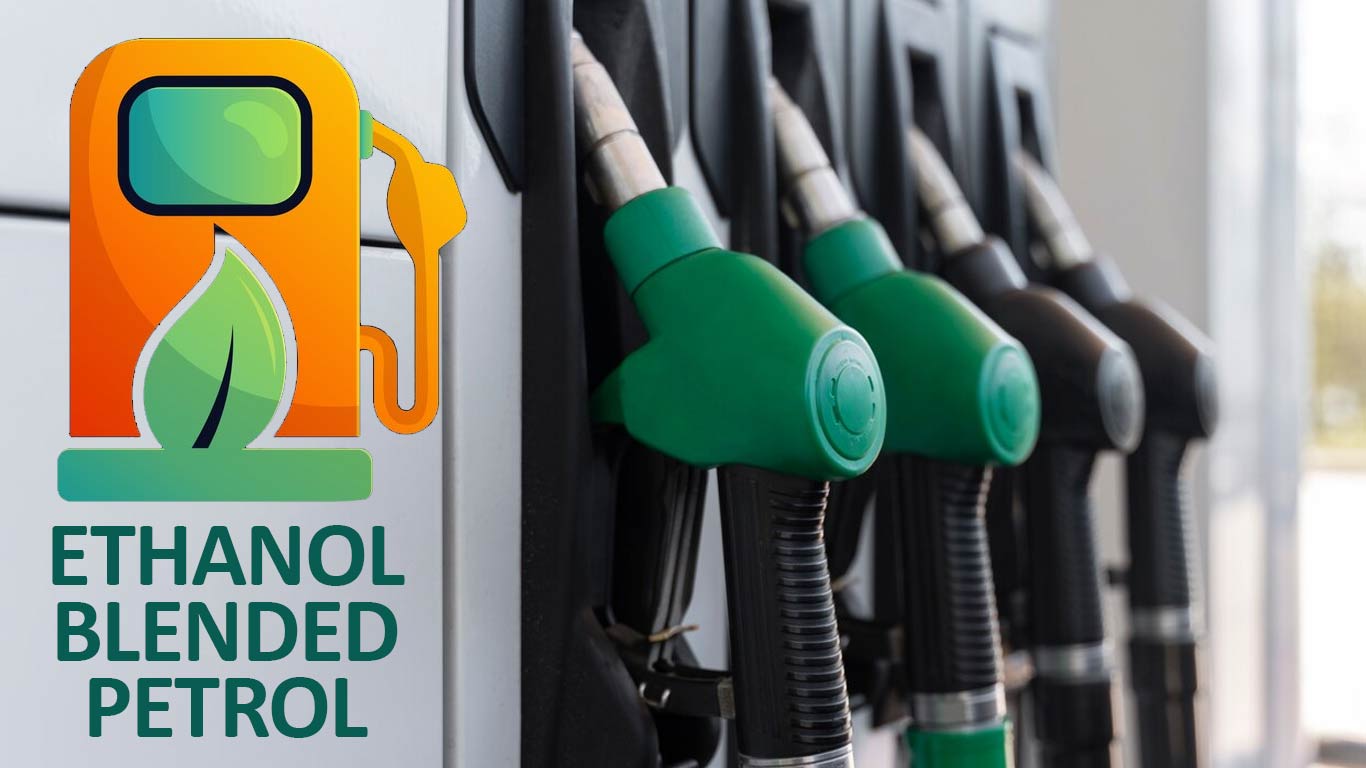India’s ethanol-blended petrol policy promises eco-benefits, but vehicle owners and watchdogs question its hidden costs.
In a major push toward sustainability, the Indian government has mandated the use of ethanol-blended petrol (E20)—a mix of 20% ethanol with 80% petrol. While this transition is hailed as a step toward reducing oil imports and supporting agriculture, vehicle owners are starting to feel the heat. From reduced mileage to mechanical wear and public doubts about political-business interests, the ethanol debate is getting louder.
What Is E20 and Why Is India Using It?
Ethanol is an alcohol-based fuel derived primarily from crops like sugarcane and maize. When blended with petrol, it burns cleaner and is said to reduce carbon emissions. India’s E20 initiative is part of a larger green mission—less dependence on imported oil and more money flowing into the hands of farmers.
The policy was fast-tracked in recent years, and E20 fuel is now available in most parts of the country.
Is Ethanol Blended Petrol Harming Vehicles?
While the environmental goals are noble, many vehicle owners and mechanics are raising a red flag:
Common Complaints from Users:
- Reduced Mileage: Many drivers report losing 10–20% fuel efficiency.
- Engine Trouble: Older engines, especially those not designed for ethanol, face starting issues, corrosion, and fuel system wear.
- Poor Pickup: Ethanol burns differently than petrol, affecting throttle response.
Mechanics across urban centers have also noticed increased complaints about fuel injectors, rust in fuel lines, and rubber component damage. Most of these issues occur in cars manufactured before ethanol-blend compatibility was introduced by automakers.
What’s the Risk for Older Vehicles?
Vehicles made before 2023 may not be optimized for E20. Ethanol attracts moisture and can degrade parts like:
- Rubber seals
- Plastic fuel lines
- Metal tanks and injectors
While newer vehicles are slowly becoming E20-compatible, millions of vehicles on the road today are not. There is currently no standardized labeling at petrol pumps to alert drivers of what blend they are using.
What the Government Says
The government has maintained that ethanol-blended fuel is safe and part of the country’s clean energy future. Officials claim:
- Only minor mileage drops (around 2-3%)
- No serious long-term damage for vehicles in normal use
- Benefits to farmers and national energy security outweigh the downsides
However, critics argue that these claims are based on lab conditions, not the realities of Indian roads, fuels, and vehicle maintenance patterns.
The Controversy Around Industry Links
Another reason this issue has attracted attention is due to alleged links between policymakers and ethanol-producing businesses.
Though officially denied, questions have been raised about Union Minister Nitin Gadkari’s sons being involved in companies producing ethanol. While no illegality has been proven, the optics raise a valid concern: Can policies truly be neutral when family members of top officials are positioned to benefit from them?
This adds a layer of public skepticism around whether the ethanol push is more about green policy or green profits.
What Should Vehicle Owners Do?
- Check Compatibility: Refer to your car’s manual or contact your dealership to see if your vehicle is E20-compatible.
- Stay Informed: Watch out for fuel pump labels. Until E20 becomes the default nationwide, both E10 and E20 may be sold at the same station.
- Routine Maintenance: Use fuel system cleaners, check seals and hoses regularly, and don’t skip periodic servicing.
Final Thoughts
India’s ethanol-blending policy has undeniable long-term benefits—from cleaner air to better income for farmers. But the current rollout poses risks to millions of vehicle owners, especially those unaware of compatibility issues.
For this transition to be successful, it must be transparent, phased, and consumer-friendly. Without clear labeling, accountability, and technical clarity, what begins as a green move could turn into a grey area of trust and performance loss.



